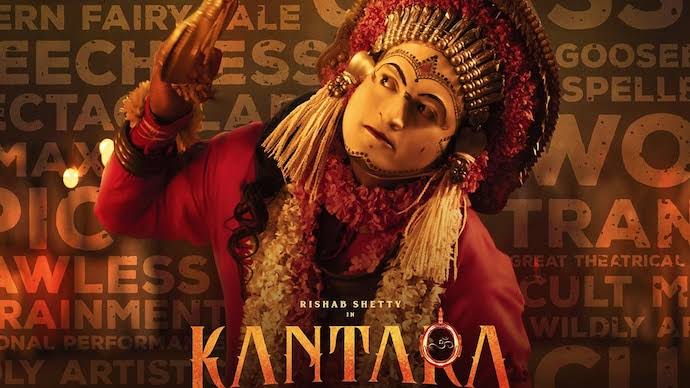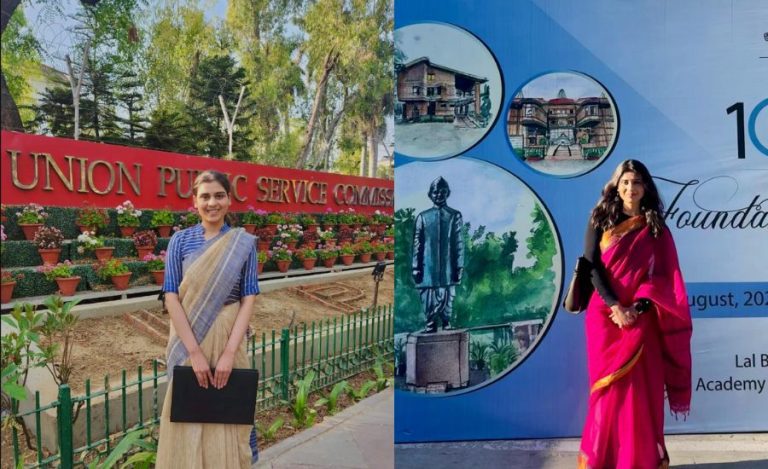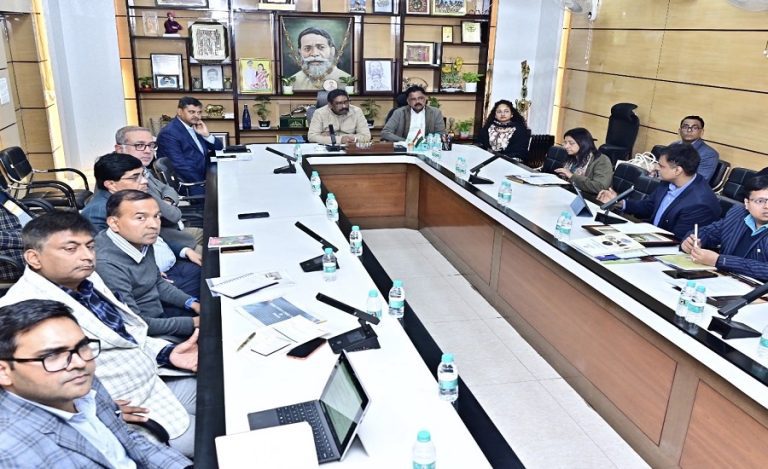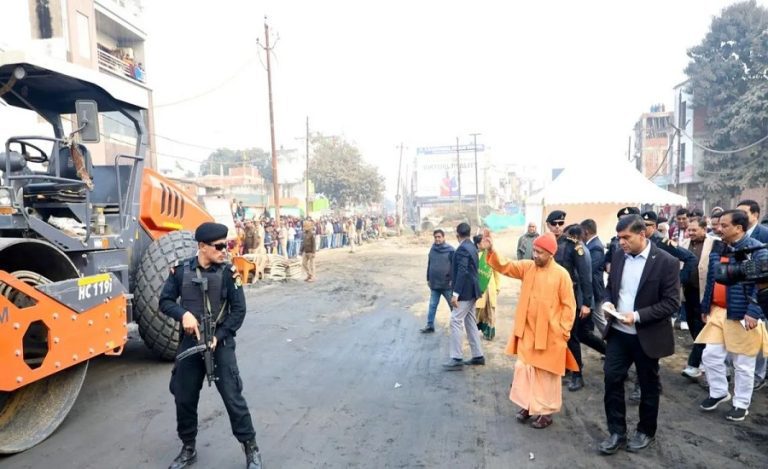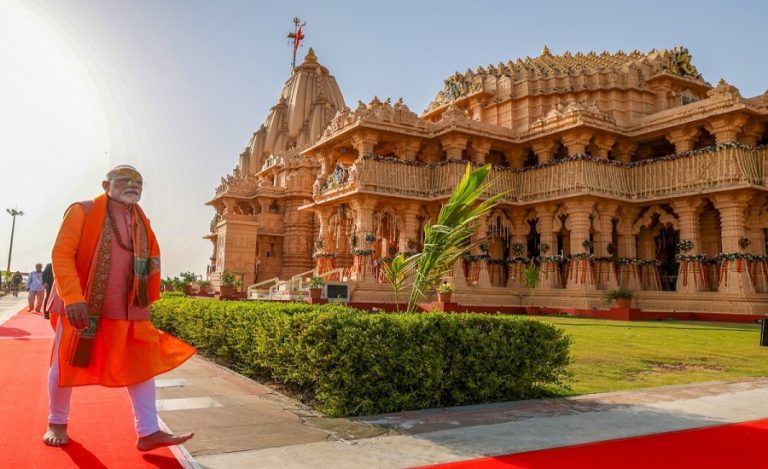Kantara, a Kannada film that was released towards the end of September, is winning hearts and gathering positive reviews from all around the country and even abroad. The movie basically depicts the traditional culture of ‘Kambla’ and ‘Bhootha Kola’, where it is believed that demigods are the guardians and their energies encircle the village. However, while following these years long rituals, the locals or the villagers fall into the trap of a rich landlord whose main aim is to acquire the earmarked land illegally.
The movie is a perfect example of how foresters in remote tribal areas face various challenges when it comes to the protection of the forest land and its people. The forest officer shown in the movie is tasked to convert the forest land into a reserved forest due to which he has to face a lot of sentiments of the locals and the terror of the landlord who wants to acquire the land illegally.
The question which arises here is that how much of this reel life story is relevant in the real life of a forester? Indian Masterminds spoke to Indian Forest Service officer Anupam Sharma, who is currently posted as DFO of Sendhwa divison in Madhya Pradesh, to know his views.
CHALLENGES BEFORE A FORESTER
Drawing comparison between the job of a forester and that of a policeman or an army person, Mr. Sharma said, “A forester has mainly three roles which include protection of the forest land, plantation work, and development. Amongst these, a forester faces maximum challenges from the local community while fulfilling the duty of protecting the forest land. There are primarily five threats from which we have to protect the forests including, illegal cutting, hunting, encroachment, overgrazing and forest fire.”
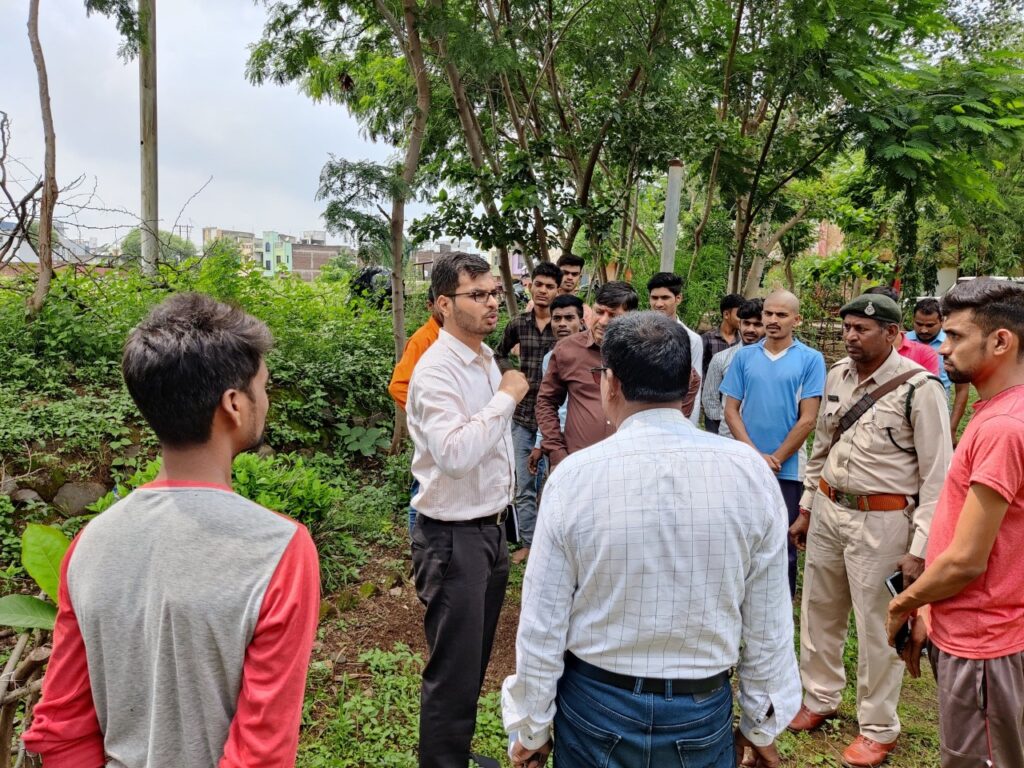
Often, violators of forest and wildlife laws are not hardcore criminals like the people who have committed murder, extortion, etc. “Such offenders do not face negativity from the society as compared to a person who has committed theft or murder. Police and army officials go after those few select criminals who are very negative individuals of the society. However, in case of forest laws violators, many a times, the offenders are local people who are earning their livelihood while committing crimes like illegal cutting, igniting fire or overgrazing. Hence, when a forester takes strict action against the offenders, a backlash might come from the community,” Mr. Sharma said.
REMOVING ENCROACHMENT FRAUGHT WITH DANGER
As shown in the Kannada film, removal of encroachment is one of the most challenging parts of a forester’s job. Many a times, a group of people which might range from 50 to even 500 or more collectively come and cut the forest illegally in an organised manner. In such a situation, if a forester take strict action, some locals oppose the actions of the forest department.
In Kantara, it is shown that Muralidhar (forest officer) is tasked to convert the land into a Reserved forest which is highly opposed by the locals, to protect their decades old rituals. The officer and his staff start constructing a boundary along the earmarked forest reserve. However, the villagers try to stop them. This causes a rift between the forest department and the local villagers. However, later in the film, it is revealed that all of this was being done to actually thwart the wrong intentions of the landlord, Devendra, who was trying to acquire the land by fooling the locals.
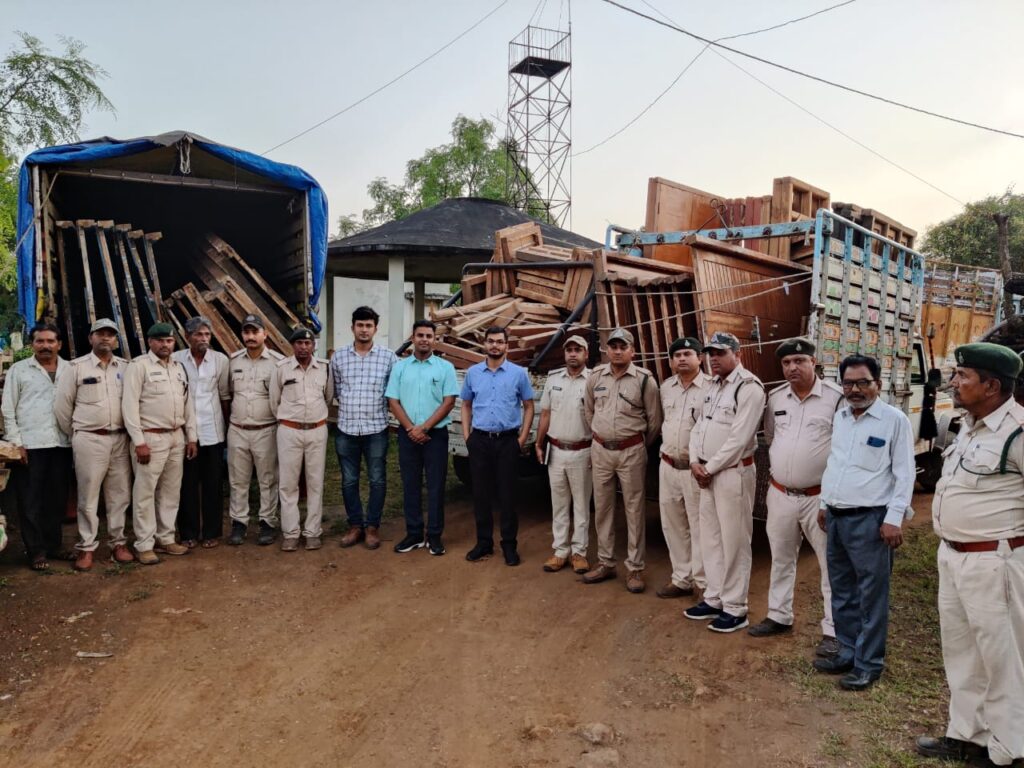
Similarly, forest officers in real life also face same kind of instances where they have to remove encroachments, making it a highly sensitive issue.
Hence, referring to the movie’s end when the forester joins hands with the villagers, Mr. Sharma says, “It displays a very important message that protecting the forest land and wildlife is a joint responsibility of the forest officials and the local forest villagers.”

